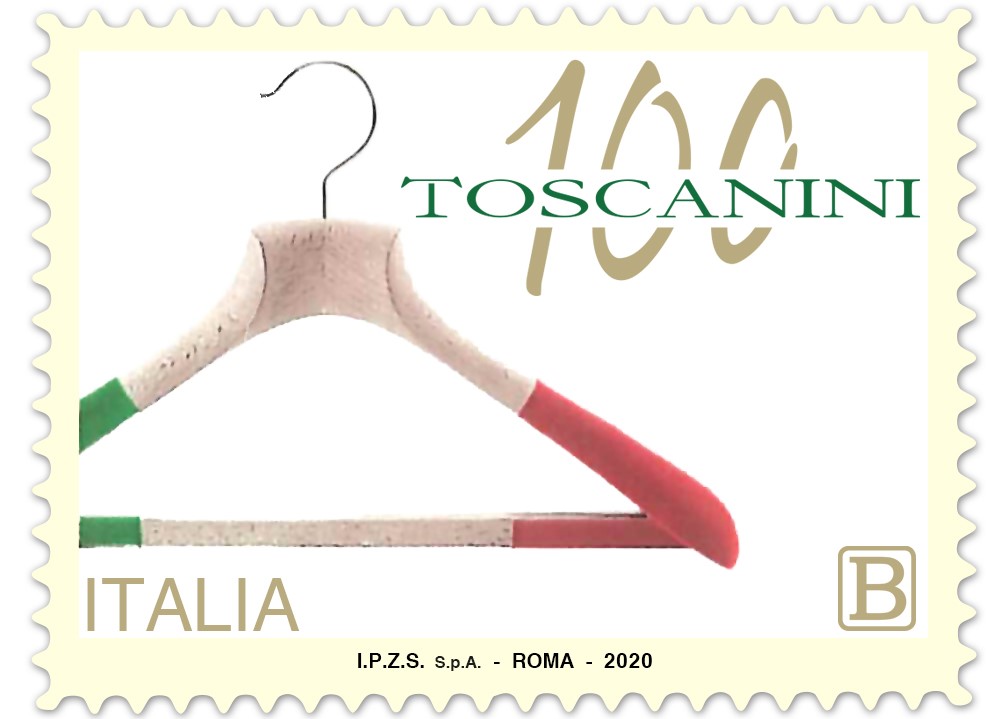
Excluding computers and smartphones, which are now actually indispensable, there are other things that we find ourselves using every day - and often without paying too much attention to them - that writer and journalist Luigi Pintor defines as "timeless objects": scissors, buttons, shoelaces. And then there are the hangers (also known as "crutches"), objects that are as precious - for the vital order of our closets - as they are simple and that the Italian company Toscanini family has been able to transform into a design that is recognized throughout the world.
To go down in history, those who invented the hangers (at the beginning of the 1900s) were actually Americans, specifically the designer of lampshades for the Wire Timberlake and Novelty Company, Albert Parkhouse, even though many still attribute the birth of the hanger to the president of the United States, Thomas Jefferson.
However, Toscanini's know-how has made all the difference: craftsmanship, research into materials and an aesthetic sense of form have transformed their hangers into iconic objects of Made in Italy design.
Toscanini's is the story of a family's passion, which still today seeks balance and harmony in a product that is too often taken for granted. It began in the 1920s when Giuseppe Toscanini started a woodworking business in Valsesia, in the Piedmont region.
The first contact with fashion was with the high-end stores of La Rinascente, for which, in 1948, the company became the official supplier of crutches. The turning point came in the mid-1980s when the company introduced red cedar alongside beech and alder, a choice that allowed Toscanini to enter the most prestigious stores in the United States, such as Williams-Sonoma and Bloomingdale's, and the homes of illustrious personalities such as Microsoft founder Bill Gates.
In the 1990s, Giovanni, Cristina and Federica, the fourth generation of Toscanini, joined the company and that was the big leap. These were the years of Chinese competition and of the dominance of plastic, but also of the birth of single-brand stores, where brands began to tell their own identity also - obviously - through hangers. Toscanini then experimented with more sinuous shapes and plexiglass. The result? Its crystal clear transparencies conquered Philippe Starck who used it for the coat racks designed for Gaultier's boutiques. Then came the variants of plexiglass mixed with 24-carat gold, aquamarine-colored plexiglass, rosewood for Givenchy, linden for Chloé, ash for Max Mara and the customized leather versions of the "Bespoke" collection.
Valentino, Kiton, Schiaparelli, Zegna and Chanel are the names of other brands that the company has been able to win over the years as evidence of a success that culminated in 2019. In that year, the company's products are in fact exhibited at the MoMA Design Store in New York, inside the Pop-Up Shop of Fattobene, the platform dedicated to the research and promotion of iconic objects of Italian design.
Today Toscanini realizes larger projects for wardrobes not only in stores but also for wealthy individuals, yachts and hotels such as De Crillon in Paris.



